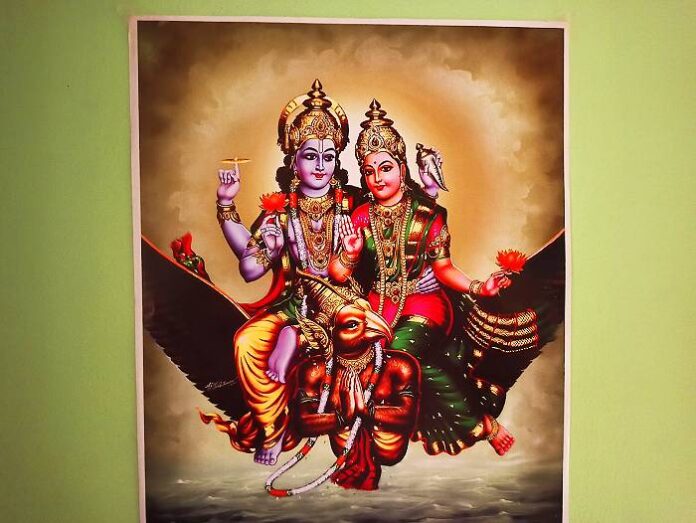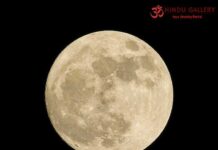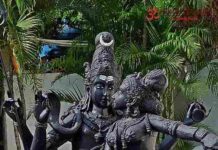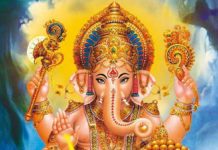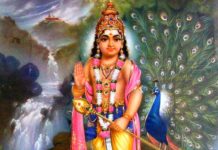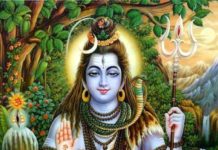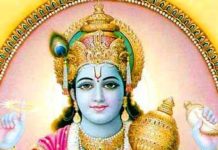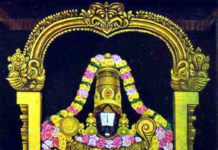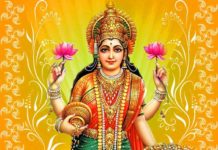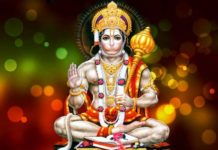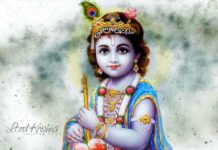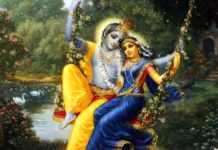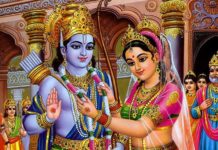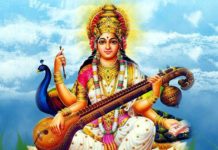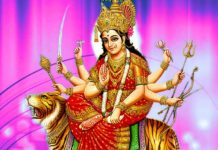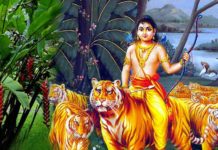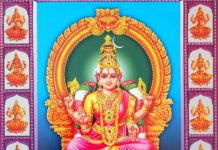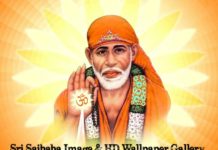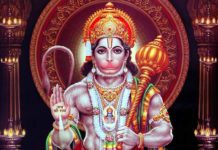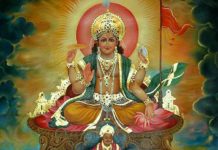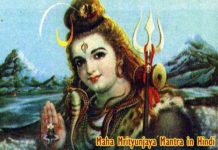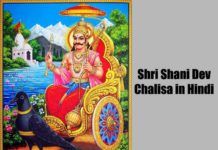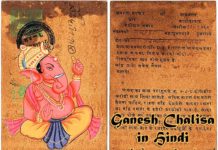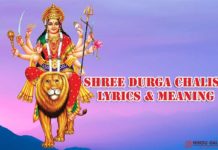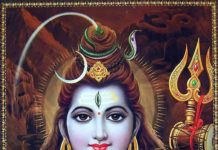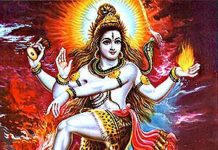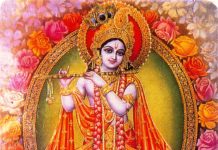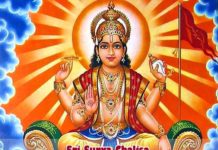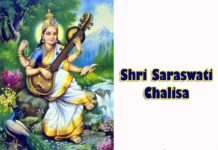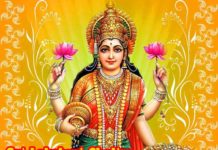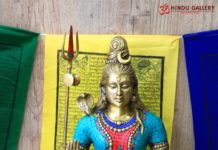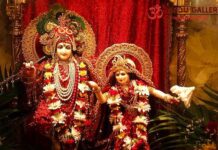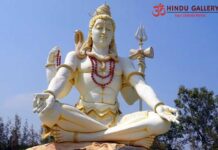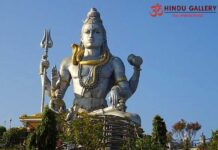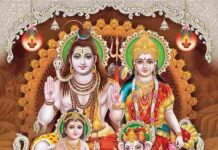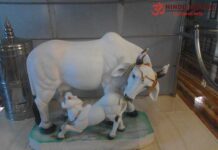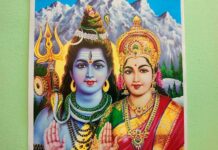Amalaki Ekadashi is the eleventh day from the New Moon day which occurs on the Shukla Paksha Ekadashi Tithi of the Magha month as per both Amantha and Purnimantha Calendars.
Amalaki Ekadashi occurs on Wednesday, 20th March 2024. The exact duration of the Ekadashi Tithi has to be ascertained from the respective regional calendars.
Amalaki Ekadashi is specially celebrated by worshipping the Amla (Indian Gooseberry) tree. It is believed that Sri Maha Vishnu resides in the tree. There is also a belief that Sri Radha and Sri Krishna sit beneath the Amla tree. This festival also heralds the Holi festivities. The gooseberry tree is also considered to bestow Sri Lakshmi Kataksham.
Legend
King Chitra Sena
King Chitra Sena was a devout Vishnu-Bhakt. He regularly observed Vrat for Amalaki Ekadashi and other Ekadashis.
Hunting trip
One day, King Chitra Sena, alongwith his warriors, went to the forest for hunting. While in forest, he had lost his way.
Demons
Some demons caught him. He felt unconscious. The demons kept attacking him. Then a powerful light emanated from his body and attacked the demons.
Realization
On regaining consciousness, the King realized that his attackers were down and out. He heard a divine celestial voice which said, “oh King, you were saved by the power which you have earned by observing Amalaki Ekadashi Vrat”.
Hence, it was understood that observation of Amalaki Ekadashi provides protection during perils.
Brahmanda Puran
As per the legend, Sage Vasishta had narrated the importance of Amalaki Ekadashi to King Mandhata.
Vaidisa
The Kingdom of Vaidisa was ruled by King Chitra Ratha. He was a good Vishnu-Bhakt. He and his subjects always did Puja to Sri Maha Vishnu. Because of this noble practice, they were blessed with riches.
Amalaki Ekadashi day
On that day, the King and the people were worshipping Bhagwan Sri Vishnu and an amla tree at a Vishnu temple. The temple was near the bank of a river.
Worship to Sri Parashuram
The King also worshipped Sri Parashu Ram, the sixth incarnation of Sri Maha Vishnu. The Bhakts were singing Bhajans and Keertans for the whole day.
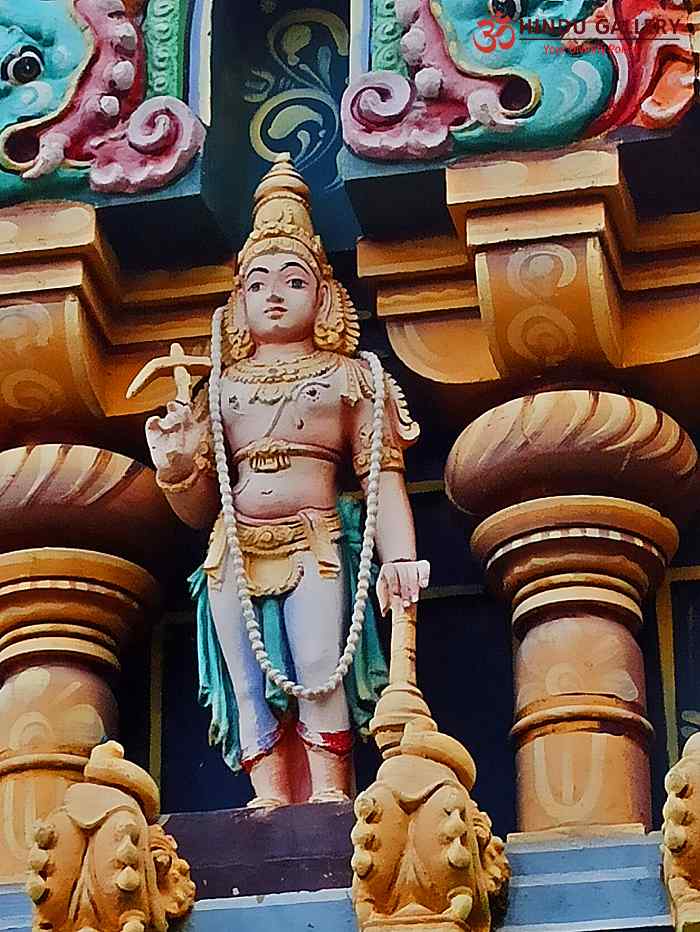
They stayed awake at night as well.
Hunter’s participation
A hunter, who was passing by, also had participated in the Vishnu Puja. He too stayed awake at night.
Hunter’s rebirth
As the hunter took part in Amalaki Ekadashi Puja without even being aware of it, he was blessed. In his next birth, he was born as King Vasurath.
Vasurath’s hunting
Similar to King Chitra Sena, King Vasurath also went for hunting and lost his way. When attacked by demons, a light came from his body and destroyed them. King Vasurath was given protection because he took part in the Amalaki Ekadashi Vrat in his previous birth.
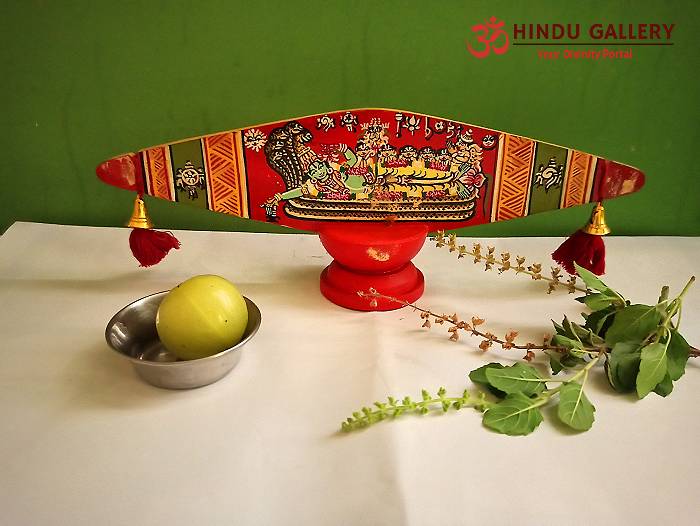
Other names
-Amalaka Ekadashi;
-Papa Nashini Ekadashi;
-Smartha Ekadashi; and
-Sarba Sammat Ekadashi.
Rituals
The general rituals followed for Ekadashi Vrats are given below:
-The exact time of dawn of Ekadashi tithi is ascertained either from family elders / astrologers. It is mentioned in the Holy Almanac (Panchang) as well. Even daily Calendars provide the information.
-The idol or picture of Sri Vishnu is decorated with flowers. Incense sticks are lit. Diyas are lit with ghee. Pujas are done with tulsi leaves.
– The items such as Jambira fruit (goose berry), Pomegranate, Mangoes, Guava, Betal nuts and leaves, Coconut, Varieties of nuts and Cloves and other aromatic spices are offered in Puja subject to availability.
Slokas or stotras of Sri Maha Vishnu including Sri Vishnu Sahasra Nama are recited with devotion. Srimad Bhagavad Gitaa is also recited.
-Special Puja is done for Sri Lakshmi Devi as well.
-The Vrat Katha is read and recited.
-At the end of the puja, aarti is done. Prasad is distributed to the family members.
-Devotees of Bhagwan Maha Vishnu observe strict fasting from the dawn of Ekadashi.
-They do not sleep on the night of Ekadashi. At this time, tales of Sri Maha Vishnu are recited by the elders. Others listen to the stories.
-Various bhajans and kirtans are held.
-The fast shall continue till the sunrise of the next day, i.e., Dwadashi.
-Those devotees who cannot do fasting due to medical or other reasons can take sattvic food. Mostly prasadams and fruits are partaken.
-Making daan / donation to the needy on Ekadashi day is believed to please Sri Maha Vishnu.
-On Dwadashi day, unless it happens to be another Vrat day, a nutritious meal is partaken to balance the internal physical effects of fasting on the previous day. It is considered pious to forego eating of brinjal on Dwadashi day.
Special Rituals
It is believed that in some parts of North India, old mud pots are replaced with the new pots for keeping drinking water.
Benefits
-Removal of sins of past and present births;
-Boons equal to donating thousand cows is ascribed to the devotee;
-Success in all endeavours; and
-Divine protection in the current and the next births during perils.
Even listening to the merits of Amalaki Ekadashi bestows the same benefits as observing the Vrat.
Importance should be given to the sincere prayers to Sri Maha Vishnu.
The synopsis of Kamada Ekadashi, Varuthini Ekadashi, Mohini Ekadashi, Apara Ekadashi, Nirjala Ekadashi, Yogini Ekadashi, Devshayani Ekadashi, Kamika Ekadashi, Sravana Putrata Ekadashi, Aja Ekadashi, Parivarthini Ekadsshi, Indra Ekadashi, Papankusha Ekadashi, Rama Ekadashi, Dev Uttanna Ekadashi, Uthpanna Ekadashi, Mokshada Ekadashi, Saphala Ekadashi, Shattila Ekadashi, Bhishma Ekadashi and Vijaya Ekadashi are narrated in the previous articles. The rest of the Ekadashi Vrats shall be dealt with in the subsequent articles of the series.


